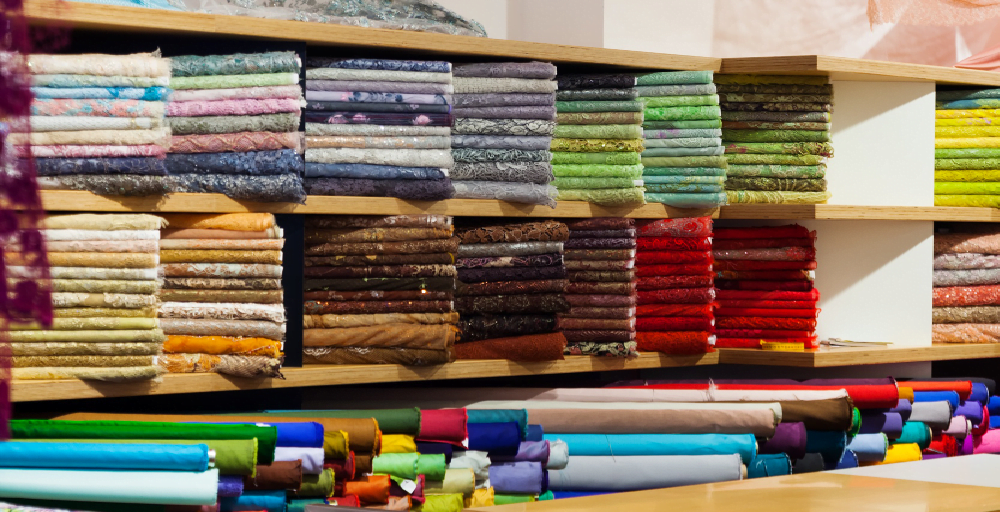Why Bangladesh Textile Industry is booming?
Introduction:
The textile industry in Bangladesh has experienced remarkable growth in recent years, establishing itself as a major player in the global market. This article explores the key factors behind the booming textile industry in Bangladesh and how they contribute to its success.
Bangladesh Textile Industry has competitive Labor Costs:
Bangladesh Textile Industry One of the primary factors driving the growth of the Bangladesh textile industry is its competitive labor costs. With low wages compared to many other countries, Bangladesh offers an attractive manufacturing destination for textile businesses. This advantage enables manufacturers to offer cost-effective products in the global market, fostering increased demand and profitability.
Bangladesh Textile Industry has favorable Trade Agreements:
Bangladesh benefits from favorable trade agreements, such as duty-free and quota-free access to markets like the European Union. These agreements have opened up lucrative opportunities for textile exports, creating a strong market presence for Bangladesh-made products. The preferential trade agreements have significantly contributed to the industry’s growth trajectory.
Bangladesh Textile Industry has Government Support and Policies:
Bangladesh Textile Industry The government of Bangladesh has played a crucial role in nurturing the textile industry. With supportive policies, tax incentives, and the establishment of specialized economic zones, the government has created an environment conducive to investment and expansion. These initiatives have attracted both domestic and foreign investors, boosting production capacity and overall industry growth.
Abundant Workforce:
Bangladesh boasts a large and skilled workforce, which acts as a valuable asset for the textile industry. The availability of a substantial labor force ensures uninterrupted production and quick scalability. Moreover, the trainable nature of the workforce allows manufacturers to adapt to changing market demands efficiently.
Bangladesh Textile Industry has vertical Integration:
Bangladesh Textile Industry Many textile manufacturers in Bangladesh have embraced vertical integration, controlling various stages of the production process. By having control over sourcing raw materials, manufacturing, and even retailing, these companies streamline operations, reduce costs, and enhance efficiency. Vertical integration has played a significant role in the industry’s success and competitiveness.
Bangladesh Textile Industry Increasing Foreign Direct Investment (FDI):
Foreign direct investment has been pouring into the Bangladesh textile industry. International brands and retailers are either establishing their manufacturing units or forming partnerships with local manufacturers. This influx of FDI indicates confidence in Bangladesh’s manufacturing capabilities, boosting production capacity and providing access to advanced technologies and global networks.
Compliance and Sustainability Initiatives:
The textile industry in Bangladesh has made considerable strides in improving compliance with social and environmental standards. Initiatives aimed at enhancing worker safety, improving working conditions, and adopting sustainable practices have bolstered the industry’s reputation. Responsible sourcing partnerships have been established, attracting buyers who prioritize ethical and sustainable supply chains.
Fact:
According to the Bangladesh Garment Manufacturers and Exporters Association (BGMEA), in the fiscal year 2020-2021, Bangladesh’s total textile and garment exports reached $33.67 billion, showcasing the industry’s significant growth and contribution to the economy. Many textile manufacturers in Bangladesh have embraced vertical integration, controlling various stages of the production process.
By having control over sourcing raw materials, manufacturing, and even retailing, these companies streamline operations, reduce costs, and enhance efficiency. Vertical integration has played a significant role in the industry’s success and competitiveness.
Checkout our other articles:
- The Future of Alcohol Delivery: Introducing the Alcohol Delivery App
- What is a White Label Food Delivery App and How it Works?
- How On-Demand Food Delivery Apps Can Help Restaurants Boost Sales
- Hire Developer at appok infolabs
Conclusion:
In conclusion, the Bangladesh textile industry is experiencing a significant boom due to a combination of factors. Competitive labor costs, favorable trade agreements, government support, abundant workforce, vertical integration, foreign direct investment, and compliance initiatives have all contributed to its growth and success. With a diversified product range and continuous efforts to address challenges, the future looks promising for the booming textile industry in Bangladesh.





 Mr. Abhinay is Managing Director at Appok Infolabs.
Having12+ years of experiance in AI. | VR. | ML. and Expertise in Cloud computing | Digital marketing | Search engine optimisation.
Mr. Abhinay is Managing Director at Appok Infolabs.
Having12+ years of experiance in AI. | VR. | ML. and Expertise in Cloud computing | Digital marketing | Search engine optimisation.